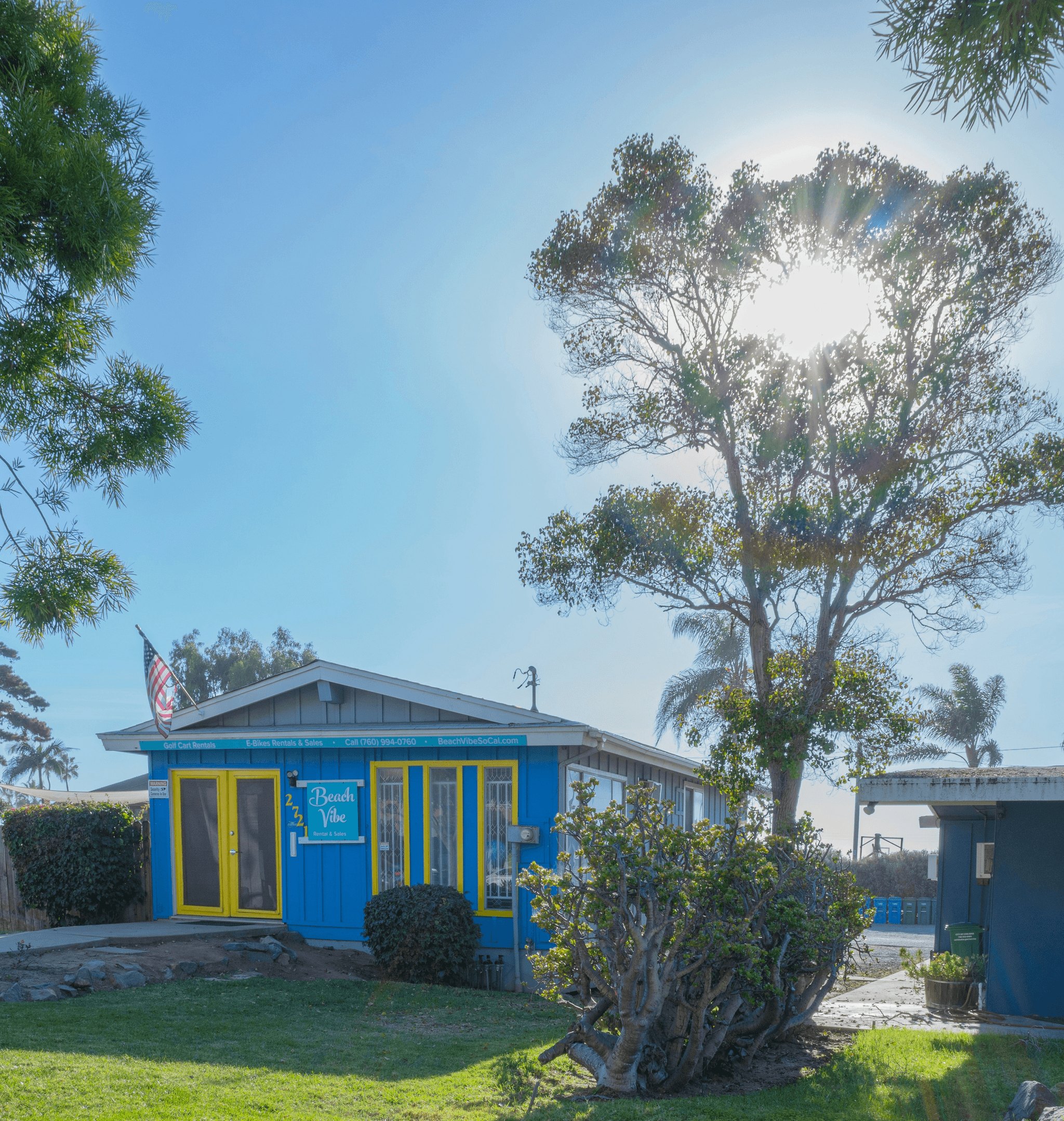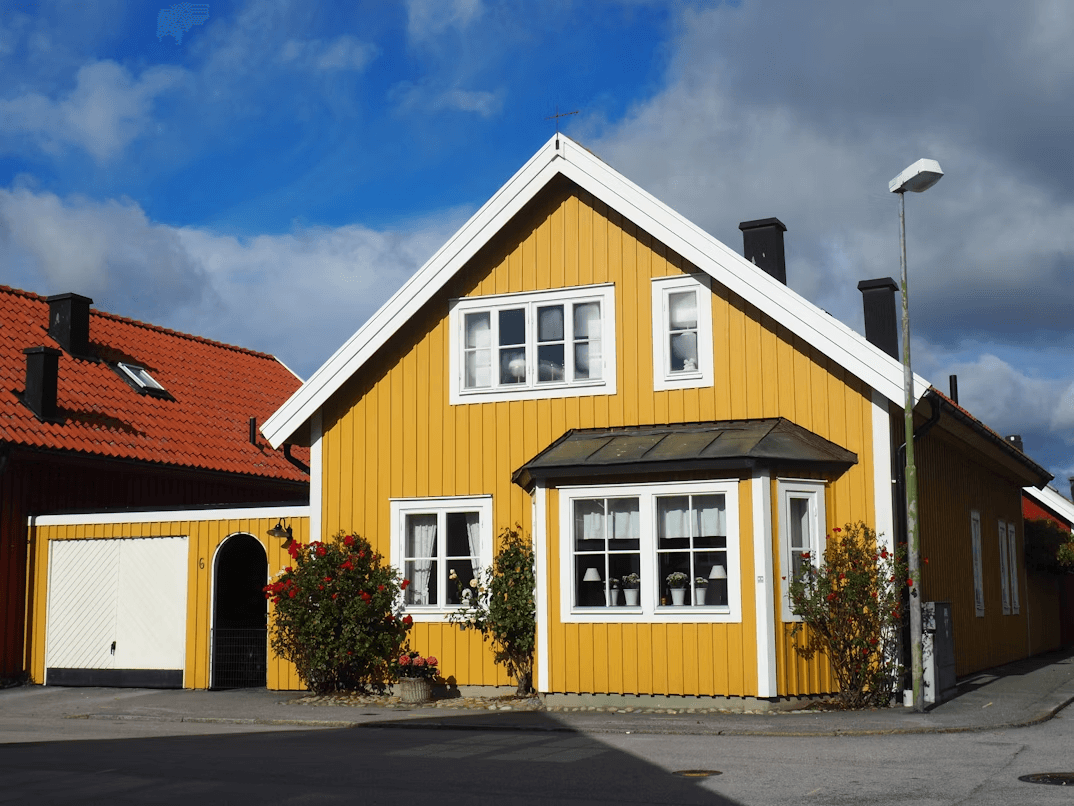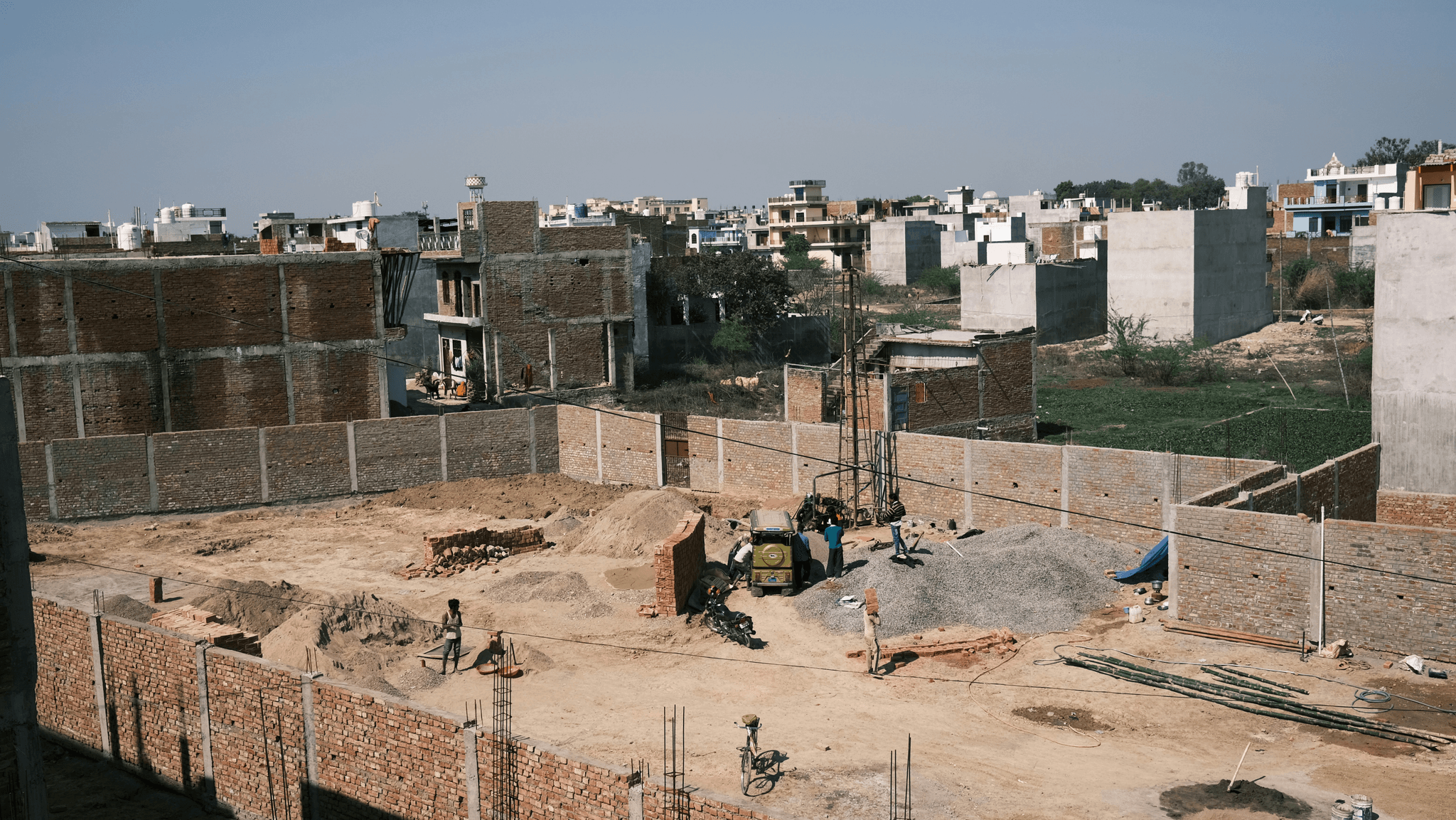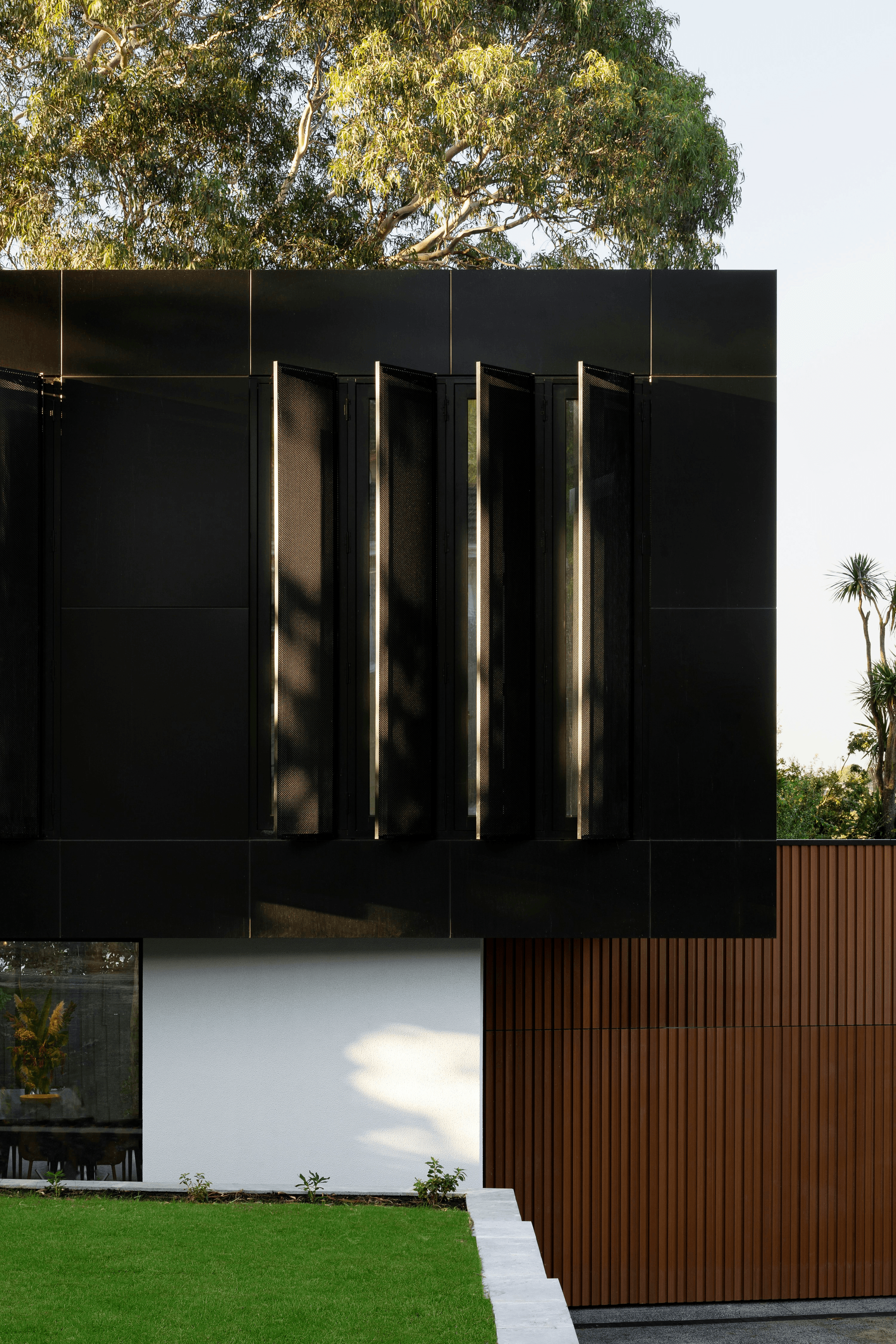Introduction
In recent years, the housing market has seen a significant shift towards prefabricated homes, with a growing number of buyers intrigued by their unique advantages and competitive pricing. Understanding prefabricated homes prices is essential for anyone considering this innovative housing solution. As we dive into the world of prefabricated homes, we'll explore not only what affects these prices but also why they are becoming an increasingly popular choice among homebuyers.
Understanding Prefabricated Homes Prices
Prefabricated homes prices can vary widely based on numerous factors, including design, materials used, and location. Unlike traditional construction methods that often lead to unpredictable costs due to labor and time overruns, prefabrication offers a more streamlined approach that can lead to significant savings. By grasping the nuances of these costs, potential homeowners can make informed decisions that align with their budgets and expectations.
Why Choose Prefabricated Homes
Choosing a prefabricated home means embracing efficiency without sacrificing quality or style. These homes are not only quicker to construct but often come with lower overall costs compared to their traditionally built counterparts. With PreFab Inc., you gain access to customizable designs tailored to your needs while enjoying the benefits of reduced construction time and predictable pricing.
Trends Influencing Home Construction
The landscape of home construction is continually evolving due to various trends that impact how we build and buy houses today. From increasing sustainability efforts to advancements in technology, these influences are reshaping buyer preferences and expectations around prefabricated homes prices. As consumers become more environmentally conscious and tech-savvy, the demand for modern solutions in housing continues to rise.
The Basics of Prefabricated Homes

When it comes to understanding prefabricated homes, it’s essential to grasp the fundamentals that set them apart from traditional construction methods. Prefabricated homes are built off-site in controlled environments and then transported to their final locations for assembly. This innovative approach not only streamlines the building process but also has a significant impact on prefabricated homes prices.
Definition and Types of Prefabricated Homes
Prefabricated homes, often referred to as prefab homes, come in various forms, including modular, panelized, and manufactured homes. Modular homes are constructed in sections or modules that are then assembled on-site, while panelized homes consist of pre-cut panels that create walls and roofs. Manufactured homes are built entirely in factories and typically transported as a whole unit—each type offers unique advantages that cater to different preferences and budgets.
Understanding these distinctions is crucial for anyone looking to explore prefabricated homes prices since each type can vary significantly based on materials used, design complexity, and local regulations. For instance, modular homes might be pricier due to their customizability compared to more standardized manufactured options. By choosing the right type of prefab home for your needs, you can better navigate the landscape of prefabricated homes prices.
Key Benefits of Prefabricated Homes
One of the standout benefits of prefabricated homes is their efficiency—both in construction time and cost-effectiveness. Because they are built in a factory setting, these homes often experience fewer delays caused by weather or labor shortages compared to traditional builds. This efficiency not only leads to quicker occupancy but also helps keep prefabricated homes prices lower than conventional houses.
Another significant advantage is sustainability; many prefab manufacturers prioritize eco-friendly materials and energy-efficient designs which can reduce long-term utility costs for homeowners. Additionally, with options for customization available through companies like PreFab Inc., buyers can tailor their living spaces without breaking the bank or extending timelines drastically. Thus, investing in a prefabricated home not only provides immediate benefits but also contributes positively toward future savings.
How Prefabrication Affects Prices
The process of prefabrication plays a pivotal role in determining overall home prices due to its inherent efficiencies and reduced waste generation during construction. By assembling components in a controlled environment, builders can optimize material usage which translates into lower costs passed on to consumers—resulting in more favorable prefabricated home prices overall. Furthermore, this method allows builders like PreFab Inc. to offer competitive pricing while maintaining quality standards.
Additionally, factors such as regional demand and local building codes can influence how much you’ll pay for your new prefab dwelling; some areas may have higher labor costs or stricter regulations affecting final pricing structures. However, thanks to streamlined production processes typical of prefab construction methods, many homeowners find they receive more value per dollar spent when comparing similar features with traditional builds—making it an attractive option for savvy buyers looking at current market trends regarding prefabricated home prices.
Current Market Overview

In the ever-evolving landscape of housing, prefabricated homes prices are a hot topic among prospective homeowners. With their growing popularity, understanding the current market dynamics is essential for making informed decisions. This section will delve into the analysis of these prices, explore various factors influencing them, and highlight regional differences that can significantly impact your budget.
Analyzing Prefabricated Homes Prices
When it comes to analyzing prefabricated homes prices, there’s more than meets the eye. These prices can vary widely based on design complexity, materials used, and overall size of the home. For instance, basic models may start at around $50 per square foot while high-end custom designs can soar to over $200 per square foot—clearly indicating that a little research goes a long way in getting value for your investment.
Additionally, as more companies like PreFab Inc. enter the market with innovative designs and competitive pricing strategies, consumers are presented with an array of options that can affect overall costs. The key is to balance quality with affordability while keeping an eye on emerging trends that might influence future pricing structures in this sector. So whether you're dreaming of a cozy cottage or a modern marvel, knowing how these factors play into prefabricated homes prices will help you make savvy choices.
Factors Influencing Price Variations
Several factors contribute to variations in prefabricated homes prices beyond just size and style; location plays a crucial role as well. For instance, transportation costs for delivering modular components can add significantly to expenses if you live far from manufacturing sites—so be sure to consider logistics when budgeting! Additionally, local labor rates and building codes may also impact final costs; what’s affordable in one state could be prohibitively expensive in another.
Another significant factor is material availability; fluctuations in supply chains can lead to price hikes for certain components like lumber or steel. As sustainable materials gain traction among eco-conscious buyers—like those often served by PreFab Inc.—the demand for these resources may further influence market pricing dynamics over time. By staying informed about these variables affecting prefabricated homes prices, you’ll be better equipped to navigate your purchasing journey.
Regional Price Differences
Regional differences are perhaps one of the most striking aspects when discussing prefabricated homes prices across the country. In general terms, urban areas tend to have higher costs due to increased demand and limited space compared to rural settings where land is more abundant and cheaper—creating vast disparities! For example, someone looking at building their dream home in New York City might face substantially higher expenses than another person doing the same near Nashville.
Moreover, each region has its own unique set of regulations that can impact construction timelines and associated fees as well—including permits and inspections—which vary dramatically from place to place! Understanding these nuances allows potential buyers not only to budget effectively but also helps them identify regions where investing might yield better returns down the line—a savvy move indeed!
The Cost Breakdown

When diving into the world of prefabricated homes prices, it’s essential to understand the various components that contribute to the overall cost. Each element, from land acquisition to finishing touches, plays a crucial role in determining how much you’ll ultimately spend. Here’s a closer look at what goes into the price tag of your dream prefab home.
Land and Site Preparation Costs
First off, let’s talk about land and site preparation costs—these can significantly impact prefabricated homes prices. Securing a suitable plot of land often involves more than just picking a pretty location; you’ll need to consider zoning laws, soil stability tests, and potential utility hookups. Once you've settled on a piece of land, preparing it for construction can include grading, clearing debris, and laying down foundations—all of which add up quickly.
Additionally, regional differences can play a part in these costs; urban areas may have higher fees compared to rural locations due to demand and accessibility issues. It’s wise to budget for unexpected expenses during this phase because site preparation is not always straightforward. Remember that investing in proper site preparation can save you headaches (and dollars) down the road.
Materials and Construction Expenses
Next up are materials and construction expenses—this is where prefabricated homes prices really start taking shape! The beauty of prefab homes lies in their efficient manufacturing process; however, selecting high-quality materials will influence your overall budget significantly. From structural elements like walls and roofs to energy-efficient windows and doors, every choice contributes to both initial costs and long-term savings.
Moreover, labor costs can vary depending on whether you're hiring local contractors or relying on PreFab Inc.'s expert team for installation. While prefab homes often promise quicker assembly times compared to traditional builds, it's still essential to factor in labor when calculating total expenses. Don’t forget that opting for sustainable materials might bump up upfront costs but could lead to substantial savings on energy bills later!
Interior Finishing and Customization
Finally, let’s discuss interior finishing and customization—because who doesn’t want their new home to reflect their personal style? This phase encompasses everything from flooring choices like hardwood or laminate to kitchen cabinets and bathroom fixtures—all pivotal factors affecting prefabricated homes prices. Customization allows homeowners the freedom to create spaces that genuinely feel like home but be prepared: personal touches can add significant costs.
It’s important not only to consider aesthetics but also durability when choosing finishes; some options may be pricier upfront but save money over time through lower maintenance needs or better efficiency ratings. At PreFab Inc., we offer various packages that cater specifically to different budgets while ensuring quality craftsmanship throughout your build process. So whether you're going for sleek modernity or cozy rustic charm, remember that each decision impacts your final price tag!
Financing Your Prefabricated Home

Financing a prefabricated home can seem daunting, but with the right knowledge and resources, it can be a smooth process. Understanding your options is crucial to making informed decisions that align with your budget and lifestyle. With the rising popularity of prefabricated homes, many financial institutions have tailored their offerings to meet this growing demand.
Mortgage Options for Prefabricated Homes
When it comes to financing prefabricated homes, several mortgage options are available that cater specifically to this type of construction. Traditional lenders may offer loans for manufactured homes, but it's essential to ensure they understand the unique aspects of prefabricated homes prices and construction processes. Some lenders even provide specialized programs designed for new constructions, which can help streamline the approval process.
Another option is using FHA loans, which are government-backed and often come with more flexible requirements than conventional mortgages. These loans can cover both the land purchase and the home itself, making them an attractive choice for many buyers looking at prefabricated homes prices. Additionally, some credit unions and local banks may offer competitive rates tailored specifically for modular or prefab housing.
Lastly, it’s worth exploring personal loans or lines of credit if you’re looking at customization costs or other expenses not covered by traditional mortgages. This flexibility allows you to plan your finances more effectively while keeping an eye on overall prefabricated homes prices in your area. PreFab Inc. also offers guidance on navigating these financing options to help you make informed choices.
Government Incentives and Grants
Many prospective homeowners may not realize that there are various government incentives and grants available that can significantly reduce the overall costs associated with buying a prefabricated home. Programs like the USDA Rural Development program offer financial assistance specifically targeted at low-to-moderate-income families looking to purchase in rural areas—perfect for those considering a prefab option!
In addition to USDA programs, some states have specific grants aimed at promoting sustainable building practices or energy-efficient projects within their jurisdictions. These incentives can help offset initial costs associated with purchasing land or preparing sites—two significant factors influencing overall prefabricated homes prices.
Moreover, don’t forget about tax credits related to energy efficiency upgrades! If you opt for eco-friendly materials or technologies when constructing your new home through PreFab Inc., you could qualify for additional savings on your taxes while enjoying lower utility bills in the long run.
Budgeting for Additional Costs
When planning your budget for a prefabricated home purchase, it's vital to consider more than just the base price of the house itself; additional costs can sneak up on even seasoned buyers! Site preparation is often one of those hidden expenses that can vary widely depending on factors like location and soil quality—so be sure you're factoring this into your calculations along with standard prefabricated homes prices.
Interior finishing is another area where budgets tend to expand unexpectedly; from flooring choices to kitchen upgrades, these elements add personality but also come with their own price tags! PreFab Inc.'s design team can assist you in selecting finishes that fit both your aesthetic desires and financial constraints without compromising quality.
Lastly, don’t overlook ongoing maintenance costs once you've moved into your beautiful new abode! Setting aside funds each month will ensure you're prepared when unexpected repairs arise—keeping those pesky surprises from disrupting your peace of mind as you settle into life in a stunning prefab paradise!
Future Trends in Prefabricated Housing

The future of prefabricated housing looks promising, driven by innovations that cater to modern needs and preferences. As we delve into sustainability, technology integration, and pricing predictions, it's clear that these factors will shape the landscape of prefabricated homes prices. With companies like PreFab Inc. leading the charge, homeowners can expect exciting developments on the horizon.
Sustainability and Eco-Friendly Innovations
Sustainability is no longer just a buzzword; it’s becoming a fundamental principle in construction, including prefabricated homes. Many manufacturers are now focusing on eco-friendly materials and energy-efficient designs to reduce the environmental footprint of their builds. By incorporating solar panels, rainwater harvesting systems, and sustainable insulation methods, prefabricated homes prices can reflect not only the initial investment but also long-term savings on utilities.
Moreover, government regulations are increasingly encouraging green building practices through incentives and certifications. This shift towards eco-friendly innovations means that buyers can expect more options for sustainable living without sacrificing style or comfort. Ultimately, as demand for environmentally responsible housing grows, we may see a significant impact on prefabricated homes prices as they become more mainstream.
Smart Home Technologies Integration
The integration of smart home technologies is another trend revolutionizing how we think about prefabricated houses. Imagine controlling your home’s lighting, heating, and security systems from your smartphone—this is becoming a reality for many new builds today! As smart technology becomes more affordable and accessible, we're likely to see an increase in its incorporation into prefabricated homes.
PreFab Inc. is already exploring partnerships with tech companies to ensure their models come equipped with the latest gadgets that enhance convenience and energy efficiency. This tech-savvy approach not only increases homeowner satisfaction but also adds value to properties—potentially influencing future prefabricated homes prices positively. As smart home features become standard rather than optional upgrades, buyers will need to consider how these advancements fit into their budgets.
Predictions for Pricing Evolution
Looking ahead at the evolution of prefabricated homes prices reveals some interesting trends influenced by market dynamics and consumer preferences. Experts predict that as manufacturing processes improve and economies of scale kick in, costs may stabilize or even decrease over time—making these homes more accessible than ever before! However, factors such as land availability and regional demand will still play crucial roles in determining final pricing.
Moreover, with rising interest in sustainable living options coupled with technological advancements in construction methods (think 3D printing), we might see shifts that could redefine what consumers expect from their investments in housing. PreFab Inc.’s commitment to innovation positions them well within this evolving market landscape; they are poised to offer competitive pricing while maintaining quality standards that meet modern demands for both sustainability and technology integration.
In conclusion, understanding these future trends allows potential homeowners to make informed decisions regarding their investments in prefabricated housing while keeping an eye on fluctuating prices influenced by various factors.
Conclusion

In wrapping up our exploration of prefabricated homes prices, it's clear that these modern marvels offer a compelling alternative to traditional housing. With a variety of options and price points, prospective homeowners can find solutions that suit their budgets and lifestyles. As the market continues to evolve, understanding these factors will empower buyers to make informed choices.
Key Takeaways on Prefabricated Homes Prices
When considering prefabricated homes prices, it’s essential to recognize the numerous benefits they offer beyond mere cost savings. These homes often come with reduced construction times and minimized waste, making them not only budget-friendly but also environmentally conscious choices. Moreover, as demand grows, innovative designs and technology integration are likely to influence pricing positively.
Making Informed Decisions for Future Purchases
Navigating the world of prefabricated homes requires careful consideration of various factors affecting prices—such as location, materials used, and customization options. Buyers should conduct thorough research and compare different models to ensure they receive the best value for their investment. By staying informed about market trends and potential financing options, you can secure a home that meets your needs without breaking the bank.
Why PreFab Inc. is Your Best Choice
Choosing PreFab Inc. means opting for quality craftsmanship combined with competitive prefabricated homes prices tailored to your budgetary requirements. Our commitment to customer satisfaction ensures that every client receives personalized support throughout their home-buying journey—from initial inquiry through final installation. With cutting-edge designs and eco-friendly practices at our core, we’re not just building houses; we’re creating sustainable futures.

